Is Volcanic Activity Increasing? Science says NO! I say YES! What do you Say?
Description
God bless everyone,
T
https://www.paypal.me/THORnews
Tshirts
https://hitthebuttonbaby.com/
THORNEWS
PO BOX 35946
HOUSTON TEXAS
77235-5946
article
https://volcano.si.edu/faq/index.cfm?question=historicalactivity
Has volcanic activity been increasing?
The Global Volcanism Program does not see any evidence that volcanic activity is actually increasing. Data about eruptions compiled by the Smithsonian since 1968 provide context for assessing issues of regional and global volcanism. The following figures and discussion below are modified from an introductory section in Siebert et al. (2010); data is through 2009. Please do not reproduce the figures below without all of the accompanying analysis and proper citation (links are preferred).
There is great value in knowing the recent volcanological record, but its limitations are not as apparent. Readers are strongly cautioned against mistaking the record for the reality. Perhaps the best illustration of these limitations come from the data themselves. The last 600 years of apparent global volcanism can be displayed by plotting the number of volcanoes known to have been active each year (figure 1). At first glance the nearly exponential increase through recent centuries suggests that the planet may soon be overwhelmed by volcanic activity, but this increase tracks the striking growth of global population (dashed line on figure 1) that has spread potential observers of eruptions over much of the Earth and the technological advances that have facilitated reporting of those eruptions.
Another indicator of the growth of the record is the increase in the total number of known historically active volcanoes (upper line on figure 1). These are not newly-formed volcanoes, but already established features (or volcanic fields) that clearly had numerous previous eruptions. If a list had been continuously kept, about 2000 years ago it would have contained only the names of nine Mediterranean volcanoes and West Africa's Mount Cameroon. In the next ten centuries the list would have grown by only 30 names, 18 of them Japanese. Although newly settled Iceland soon added seven volcanoes, the list totaled only 63 by 1400 CE, where figure 1 begins.
A dramatic increase in both the number of historically active volcanoes and recorded eruptions took place about 1500 CE. These resulted in part from the great Spanish/Portuguese marine explorations – the Age of Discovery – around the end of the 15th century, when explorers opened Latin America and much of the western Pacific to European record-keeping. Perhaps equally important was the development and widespread distribution of the printing press in the late 15th century, markedly increasing the likelihood that new volcanological records would survive. Through the 17th and into the early 18th century the recognition of additional active volcanoes generally corresponded with steadily increasing eruption reports. By the 18th century global trade was flourishing, the Industrial Revolution was under way, and the heightened reporting of eruptions noticeably accelerated the discovery of new volcanoes. The list has continued to grow, with several important volcanic regions such as New Zealand, Alaska, and Hawaii being unrepresented until the last 250 years.
The suggestion above is that the apparent trend is closely related to increases in population and communication, and that it actually represents an increased reporting of eruptions, not actual increased volcanism: more observers, in wider geographic distribution, with better communication, and broader publication. The last 200 years (figure 2), with humans distributed over most of the globe and relatively efficient communications, would seem to be the best suited to search for episodic trends. However, even in the last two centuries reporting factors overshadow any real trends in volcanism, as detailed below. Additional strong evidence that the historical trend in volcanism is more apparent than real comes from the lower plot of figure 2. Here only the larger eruptions generating at least 0.1 km3 of tephra the fragmental products of explosive eruptions, are plotted. The effects of these larger events are often regional, and therefore less likely to escape documentation even in remote areas. The frequency of these events has remained impressively constant for more than a century, and contrasts strongly with the apparent increase of smaller eruptions with time.

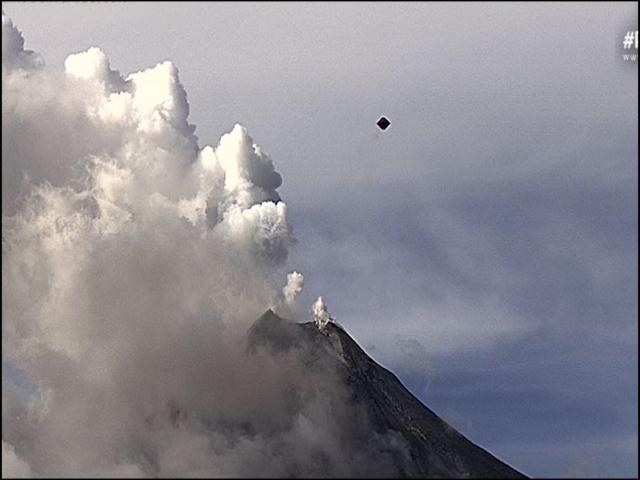
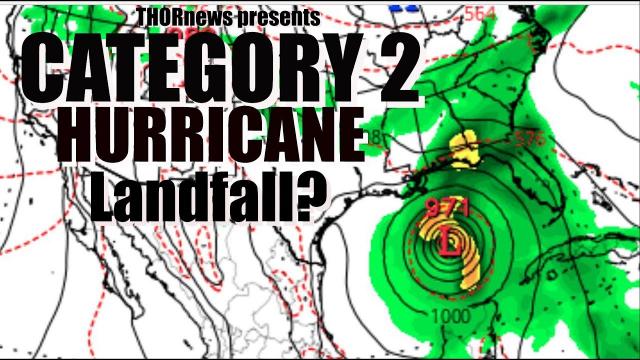
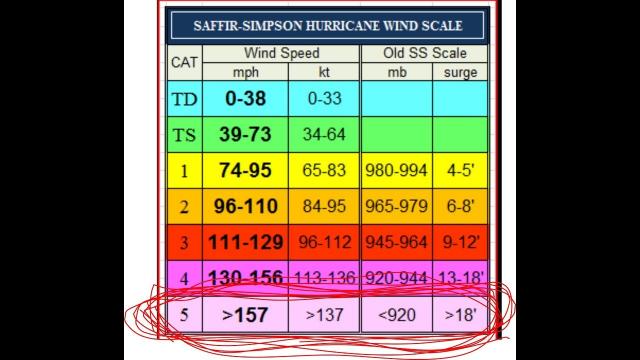
![WORLD WIDE UFO Sightings! [Volcanic UFO] [Haarp Arizona] [CANADA Lights UP UFO Activity] 2015](https://www.ufo-secret.com/uploads/thumbs/4df6e3a66-1.jpg)
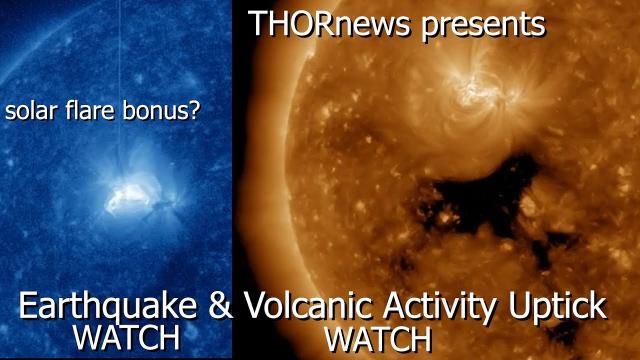
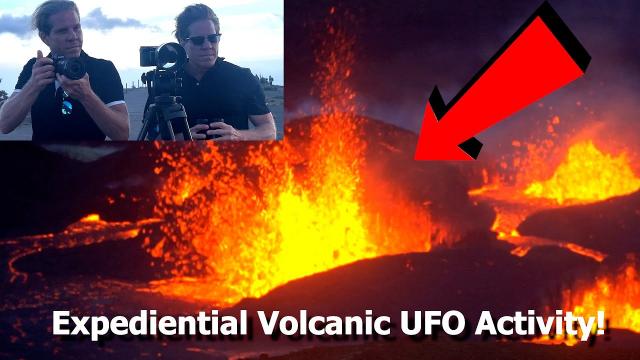
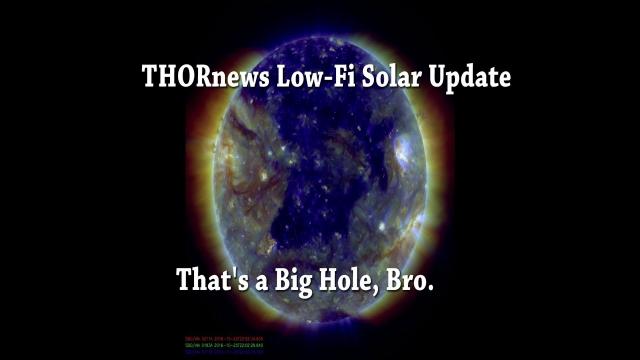

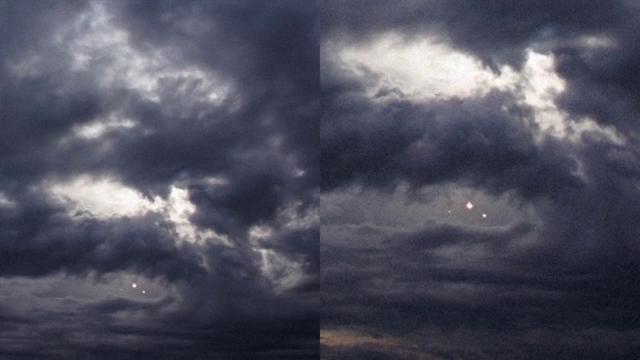





Comments